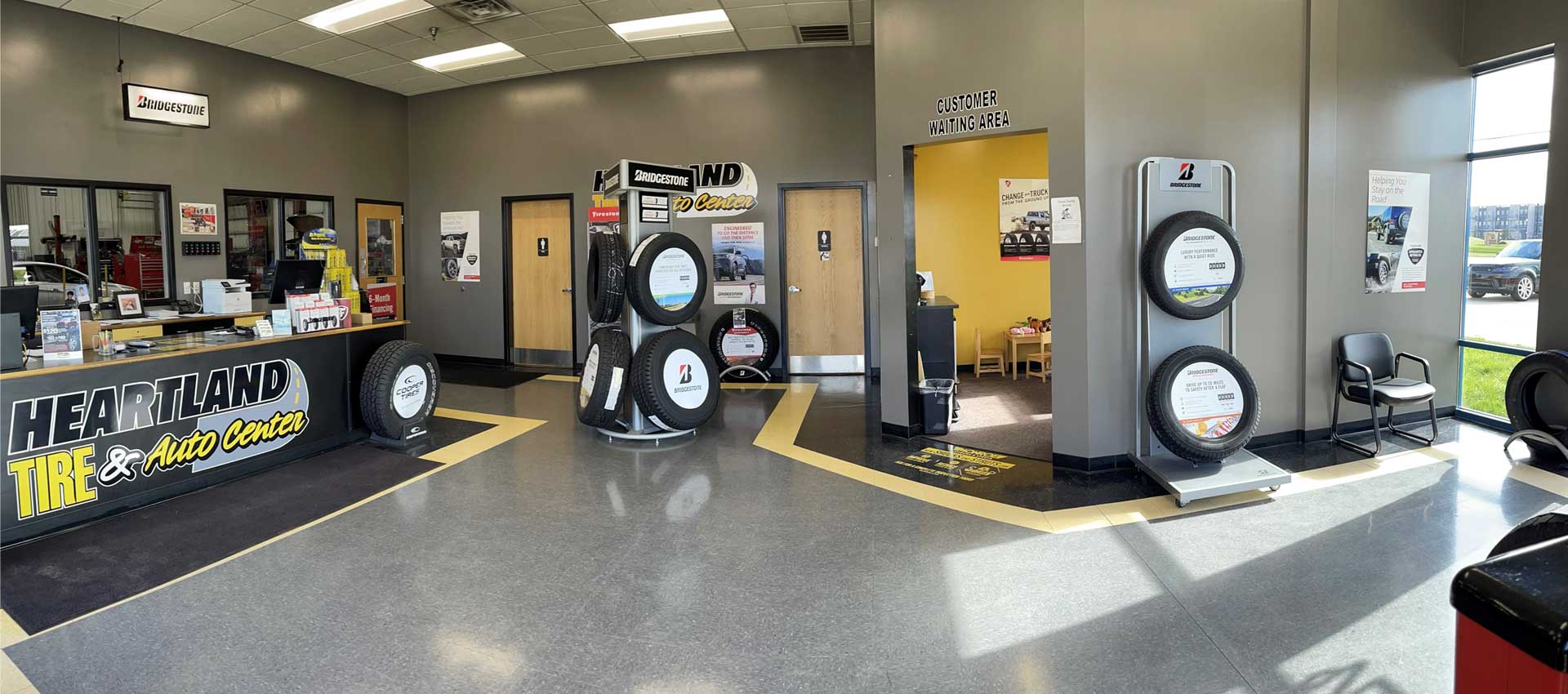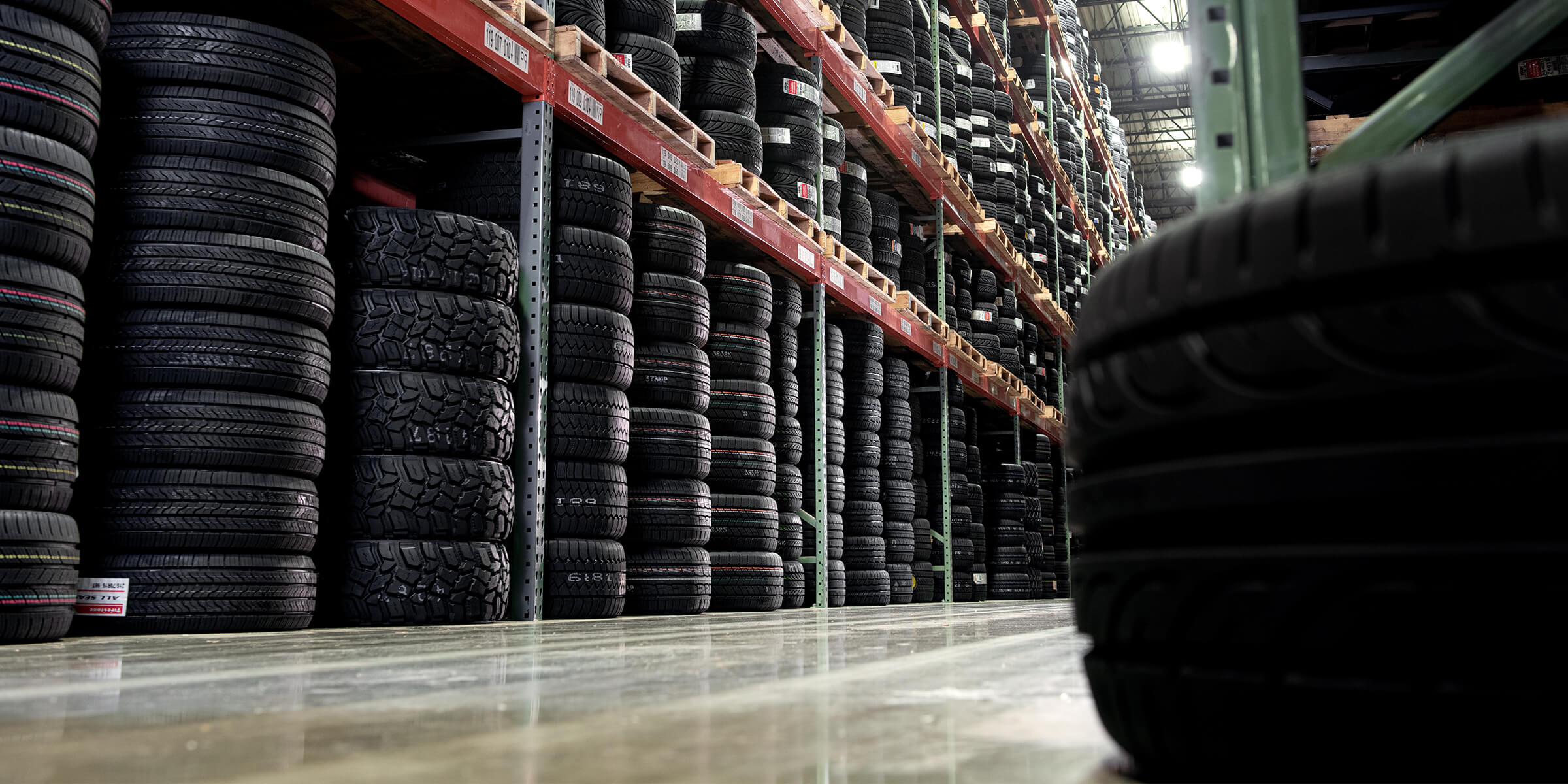Tire Solution: The Effect of Weather Condition Problems
When it concerns guaranteeing optimum performance and safety when traveling, understanding the effect of climate condition on tire solution is vital. From scorching heat to icy roads, each climate aspect can substantially influence tire performance and total driving experience. By delving into the results of differing weather condition problems on tires, vehicle drivers can gain useful understandings that may boost their lorry's efficiency and longevity. In this discussion, we will certainly check out the intricate partnership in between weather condition conditions and tire service, clarifying the importance of weather-specific tire upkeep practices and considerations.
Warmth and Tire Efficiency
When subjected to high temperature levels, tires experience modifications in performance that can considerably influence car security and handling. The warm generated from prolonged driving or hot climate problems causes the tire rubber to soften, bring about minimized step life and enhanced wear. As the rubber ends up being softer, the tire's grasp when driving decreases, impacting braking ranges and total traction. In extreme cases, too much warm can also create tire blowouts, positioning a severe safety and security threat to the car and its residents.
Furthermore, high temperatures can accelerate the procedure of tire aging, causing the rubber to deteriorate extra swiftly. To reduce the impacts of warm on tire performance, chauffeurs need to frequently examine their tire pressure, revolve tires to make sure also use, and check for any signs of damage.
Cold Weather Results
Cold climate conditions can have a considerable influence on tire performance and safety and security. In chilly climate, tires might likewise shed air pressure much more quickly, which can impact managing and gas efficiency.
To mitigate the effects of chilly climate on tires, it is vital to on a regular basis examine tire stress and inflate them to the maker's recommended levels. Using wintertime or all-season tires designed for cool weather condition conditions can likewise improve traction and grip on icy or snowy roads - mopar tire service specials. Correct tire upkeep, consisting of regular evaluations for wear and damage, becomes much more critical during cooler months to guarantee optimal efficiency and safety and security
Rainy Conditions Effect
During wet problems, tire performance and safety can be dramatically influenced by the damp roadway surface areas and decreased presence. The tread pattern of tires plays a vital role in keeping grip on wet roads. Tires with worn-out treads are extra vulnerable to hydroplaning, where a layer of water develops between the road and the tire surface, bring about loss of traction. To battle this, chauffeurs must consistently inspect their tires for appropriate walk depth and think about buying tires specifically designed for damp conditions.

Snow and Tire Security
Snow-covered linked here roadways pose special challenges for drivers, stressing the relevance of proper tire selection and upkeep. When driving in snowy conditions, having the best tires can make a considerable distinction in security and efficiency. Winter season tires are made with special rubber substances and walk patterns to offer much better grip on snow and ice compared to all-season tires. The deeper treads and sipes of wintertime tires assist grasp the road much better, decreasing the risk of slipping and gliding.
In enhancement to utilizing winter months tires, it is vital to ensure they are appropriately blown up. Winter can trigger tire pressure to drop, impacting traction and handling (tire shop morris). Regularly inspecting and preserving the correct tire stress is important for optimum performance in snowy problems

Weather-Related Tire Upkeep
When encountered with numerous climate condition, appropriate tire maintenance comes to be a critical facet of vehicle security and performance. Weather-related tire maintenance incorporates a range of methods focused on making sure optimum tire feature and longevity in various climate scenarios. One vital element of weather-related tire maintenance is tire pressure guideline. Changing temperatures can trigger tire stress to vary, affecting traction and gas effectiveness. On a regular basis examining and adjusting tire stress according to producer recommendations is vital for secure driving in transforming climate conditions. In addition, tire walk deepness plays a substantial duty in taking care of different climate aspects. Tires with ample tread depth provide better hold on wet or icy roads, decreasing the danger of skidding or hydroplaning. When walk wear reaches a specific depth is essential for preserving grip and stability in unfavorable weather, inspecting tire tread regularly and replacing tires. By focusing on weather-related tire maintenance, vehicle drivers can enhance safety, improve automobile performance, and lengthen the life-span of their tires.
Final Thought
To conclude, weather condition conditions have a considerable influence on tire you could try this out efficiency and security. From heat affecting tire pressure and put on to cool climate lowering traction, it is important to consider the weather when keeping and making use of tires. Wet problems can reduce grip and bring about hydroplaning, while snow can enhance the threat of accidents if tires are not effectively geared up. Weather-related tire upkeep is vital in making certain optimum performance and security when traveling.
In this conversation, we will check out the detailed partnership in between weather problems and tire solution, dropping light on the relevance of weather-specific tire maintenance practices and factors to why not try here consider.
